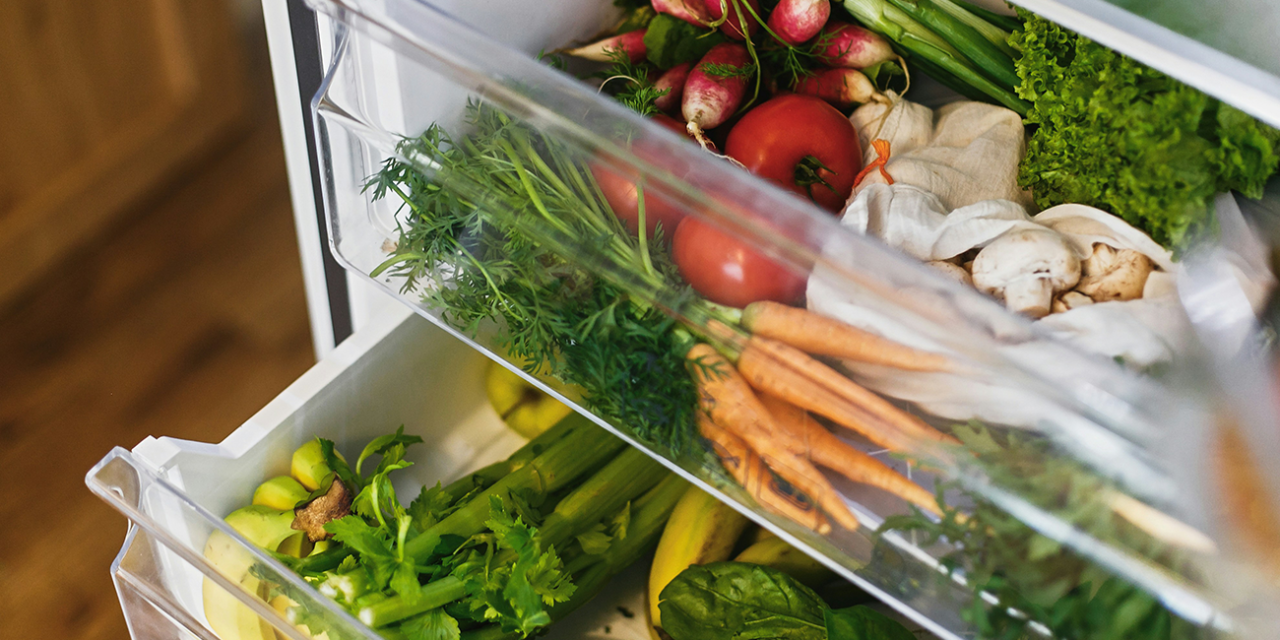Hey there, budget-savvy shoppers! Are you looking to save money on groceries without sacrificing your health and well-being? As someone who sticks to a $600 monthly grocery budget for two, I’ve learned something about getting the most bang for my buck. I’ll share my secrets for prioritizing healthy foods and making the most of my weekly Amazon Fresh orders.
Grab your shopping list, and let’s get started!
Table of Contents
1. Start with Affordable Fruits and Vegetables
Vegetables and fruits should be the foundation of any healthy diet.
Fortunately, you don’t have to spend a fortune to stock up on nutritious produce. Here’s my strategy for selecting the most affordable fruits and vegetables:
- Go seasonal: Seasonal produce is often more affordable and tastier than out-of-season options. Research which fruits and vegetables are in season and prioritize them in your shopping list.
- Opt for frozen: Frozen fruits and vegetables can be just as nutritious as fresh and are often cheaper. Plus, they have a longer shelf life, which means less waste.
- Buy in bulk: Take advantage of discounts for apples, oranges, potatoes, and onions. Just make sure you can consume them before they spoil.
2. Focus on Budget-Friendly Meat and Protein Sources
Protein is super important for a balanced diet and can also be one of the most expensive grocery items. To save money, consider these budget-friendly protein sources:
- Choose cheaper cuts: Opt for less expensive cuts of meat, like chicken thighs instead of chicken breasts or ground beef instead of steak.
- Go plant-based: Incorporate plant-based proteins like beans, lentils, and chickpeas into your meals. They’re not only cheaper but also healthier and more environmentally friendly.
- Stock up on nuts: Nuts are a versatile and nutritious source of protein. Buy them in bulk to save money and enjoy them in various recipes or as a healthy snack.
3. Fill Your Pantry with Storage Items and Healthy Snacks
After prioritizing fruits, vegetables, and protein sources, I use the remaining grocery budget to stock up on storage items and healthy snacks. Here’s what I recommend:
- Opt for whole grains: Whole grains like brown rice, quinoa, and whole-wheat pasta are both nutritious and budget-friendly. They also happen to have a long shelf life, making them perfect pantry staples.
- Buy store-brand items: Store-brand products are often just as good as their name-brand counterparts but at a fraction of the price. Save money by purchasing store-brand pantry items like canned goods, pasta, and baking supplies.
- Choose healthy, affordable snacks: Instead of splurging on expensive treats like donuts and ice cream, opt for healthier, more budget-friendly options like yogurt, popcorn, or homemade granola bars.
4. Shop Smart with Amazon Fresh
As an Amazon Fresh shopper, I’ve found that this service can be a real money-saver if you know how to use it effectively. Here are my top tips for saving money with Amazon Fresh:
- Take advantage of deals and discounts: Amazon Fresh frequently offers deals and discounts on various items. Watch for these savings opportunities and adjust your shopping list accordingly.
- Plan your meals: By planning your meals, you can ensure that you only buy what you need, which helps prevent waste and saves money.
- Stay organized: Use the Amazon Fresh app or website to track your spending and ensure you stick to your weekly $150 budget.
Your Grocery Budget Questions Answered
How do you maintain variety in your meals while sticking to a budget?
By prioritizing seasonal produce and experimenting with different protein sources, I can maintain variety in my meals without breaking the bank. I also seek inspiration from budget-friendly recipes online and get creative with my pantry staples. Try new ingredients and mix things to keep your meals interesting.
Can you share some tips for reducing food waste while maintaining a budget?
Absolutely! Reducing food waste is essential for saving money on groceries. Here are some tips:
- Store fruits and vegetables properly to extend their shelf life.
- Plan your meals around the ingredients in your pantry or fridge.
- Make your shopping list and stick to it to avoid impulse purchases.
- Cook your food in bulk and freeze leftovers for later use.
How do you resist buying unhealthy treats while sticking to a budget?
It can be challenging to resist unhealthy treats, especially when they’re on sale. However, I remind myself that these items can be expensive and harmful to my health. Instead, I focus on finding budget-friendly, healthier alternatives, like homemade smoothies, yogurt with fruit, or air-popped popcorn.
Become a Grocery Budgeting Pro: Healthy Eating on a Budget
Congratulations! You’re now equipped with the knowledge to save money on groceries while maintaining a healthy, balanced diet. By prioritizing affordable fruits and vegetables, focusing on budget-friendly meat and protein sources, stocking your pantry with storage items and healthy snacks, and shopping smart with Amazon Fresh, you’ll be well on your way to sticking to your $600 monthly grocery budget.
Now it’s time to put these tips into action. How will you apply these strategies to your grocery shopping routine? What budget-friendly meal ideas do you have?
Let’s help each other save money on groceries while enjoying delicious and nutritious meals!





